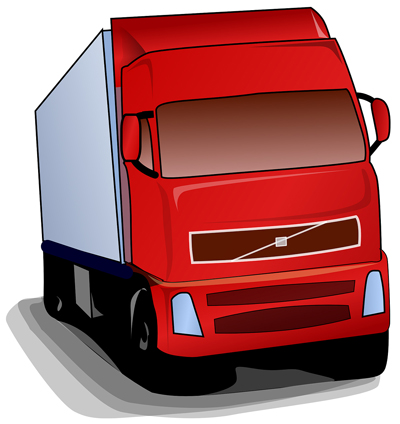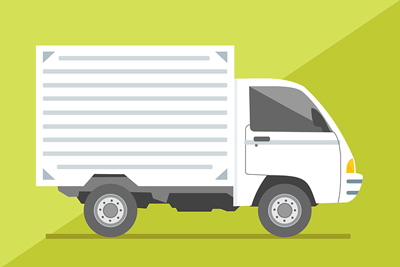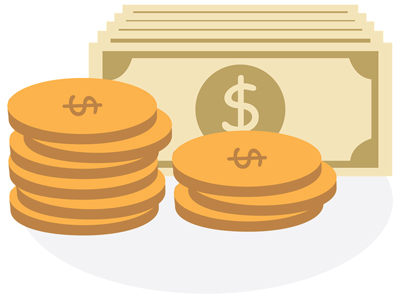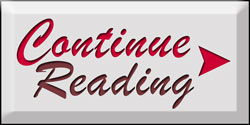This is Part 8 from 125 Building Blocks for Your Bakery Business

When we talk about transportation of food products, typically we work within four nesting parameters: per unit, per case, per pallet, and per truckload. Traditionally, the larger the volume of a purchase, the lower the price per unit becomes. Transportation is a considerable expense. It also puts a strain on the product. For that reason, it should be taken into account at the design, packaging, and pricing stage of every item.
Arrange Delivery

If you personally deliver your own products, then they are much more likely to be treated with care and arrive fully intact at the destination. When a third party is scheduled to deliver your product, more risk is involved. When dealing with a delivery driver, make sure they are fully informed about the process of dessert transport. Remember that some vehicles including freight trucks might not have the same level of shock absorbency that an SUV might have. All goods should be fully secured for transport so they don’t knock around in the back of the vehicle. Non-refrigerated vehicles may pose temperature concerns for your products.
I’ve already covered the topic of cake delivery quite thoroughly here: Cake Delivery Made Easy. See that tutorial for all my best tips on the transportation of specialty cakes.
Freight Terminology
FOB stands for free on board. It’s a term used mainly in the buying and selling of wholesale goods to indicate who is responsible for the cost of shipping.
FOB Destination means that you as the seller are responsible for shipping your product to the buyer’s facility. In this case, you must work the cost of shipping into your price and arrange for it to occur.
FOB Origin or FOB shipping means that the buyer is responsible for arranging pick-up of their purchase and covering all associated transportation costs. Some customers prefer to pick up their own products because they own their own fleet of trucks. Or perhaps they purchase goods at such a high volume that they can negotiate a better deal with the shipping companies than you can.
Create an Invoice System
No matter what kind of company you run, you will need to create an invoicing system. I recommend designing your invoice template before conducting business so that it’s ready when your first customer places an order.
It makes sense to keep both print and digital copies of your invoices just in case you run into computer problems. If you invest in a computer software such as Quickbooks to do your accounting, it comes equipped with invoicing options. For smaller businesses, Paypal is an easy way to both invoice and collect payment. They have convenient customizable options for invoice templates. You can get my FREE custom wedding and specialty cake invoicing templates here: Cake Sales Kit.
Create a Payment Collection System

If you collect cash or check payments, you will need to provide your customer with a receipt. If your business does not use cash registers that automatically generate receipts, then you may create a receipt using a printed invoicing system or by using a receipt booklet.
For credit cards, some popular processing systems are Square and Paypal. Keep in mind that these companies withhold a percentage of your sale (typically ~3%) so you may want to factor this into your service charge.
Develop Payment Terms
For retail bakeries that make pastries, payment is collected at the time of the sale.
For bakeries that make custom cakes, full payment should be collected in advance of the event. The industry standard is to collect a 50% deposit upon booking and then the remainder of the payment two weeks before the event.
Wholesale bakeries are more likely to allow 30-day payment terms so the buyer has time to collect monies from their own customers. However, this may be modified on a per-customer basis depending on how prompt the customer is at making payments.
This is the end of Part 8 from 125 Building Blocks for Your Bakery Business. Return to the Table of Contents or proceed to Part 9 – Bakery Product Costing and Pricing

Related Material




